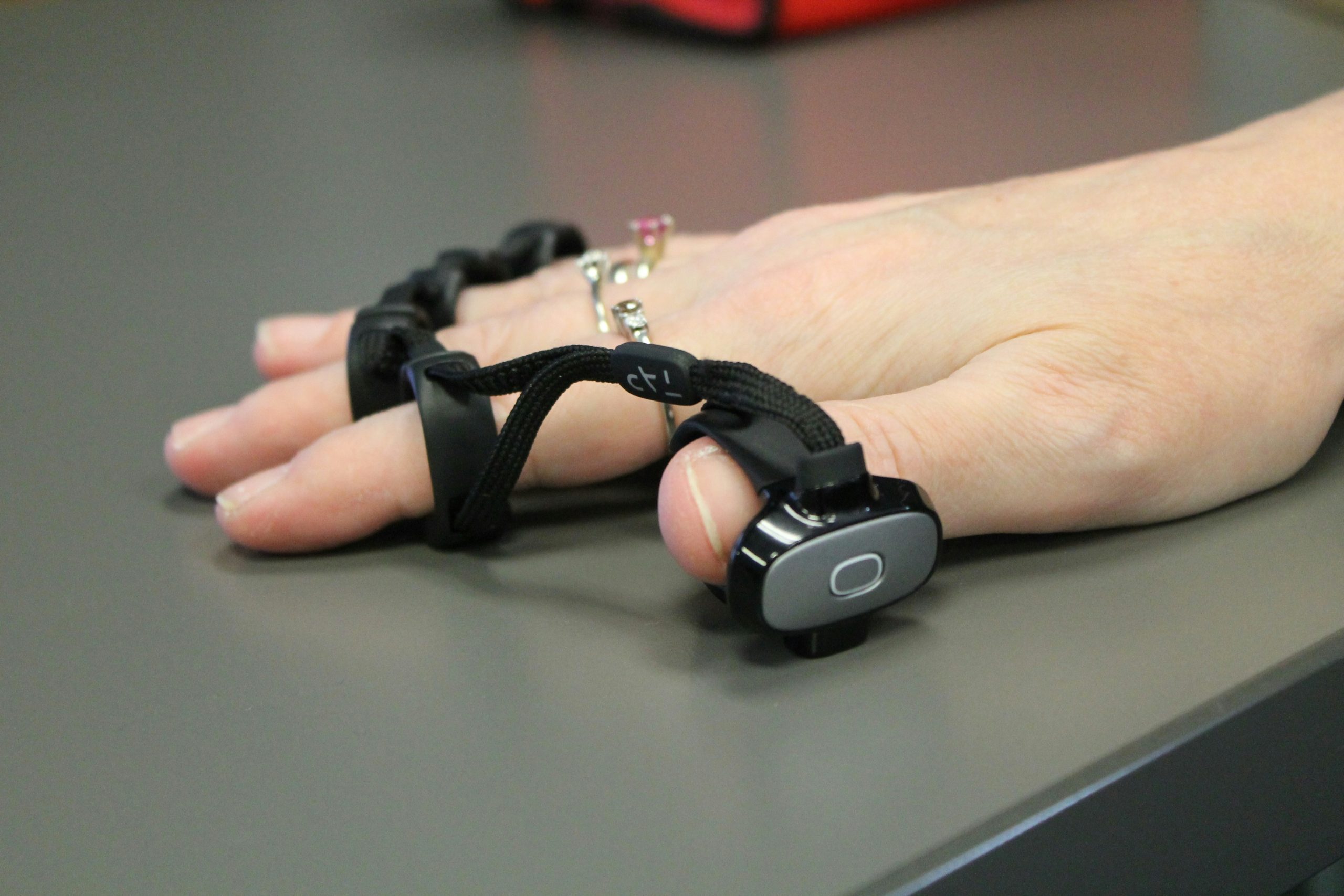Terms like accessibility, inclusion, and sustainability are often overused (or misused!). But for eLearning, providing all individuals with access to education and the opportunity to learn is essential for personal development and, consequently, for the advancement of society.
In this article, we’ll explain not just the meaning of “accessibility” in Learning, (specifically eLearning), but also its quintessential importance as a cornerstone of a more inclusive and ethical world.
The meaning of “accessible eLearning”.
Accessible eLearning refers to the design and delivery of online education and training courses in a way that ensures all learners, including those with disabilities, can fully participate and benefit.
This involves creating content that is usable by people with a wide range of abilities and disabilities, such as providing alternative text for images, captions for videos, and navigation that can be accessed through various assistive technologies. The goal is to remove barriers to learning and provide an inclusive educational experience that meets the diverse needs of all students.
The Ethical Importance of eLearning Accessibility
Ensuring eLearning accessibility is not just a matter of compliance or enhancement—it’s an ethical obligation. Firstly, it guarantees that learners with disabilities have the same access to educational content as their peers, promoting equality and inclusivity. Legally, many countries mandate equal access to educational content, reinforcing the ethical responsibility to comply with these standards. Moreover, accessible eLearning content is generally more user-friendly and easier to navigate, benefiting all learners.
Understanding Disabilities and Accessibility Requirements
To create accessible eLearning courses, one must understand the various disabilities learners may have and the specific accessibility requirements each type necessitates. For instance, visually impaired learners might need audio descriptions of visual content, while those with hearing impairments require closed captions or transcripts. Additionally, there are accessibility needs for learners with mobility, cognitive, and other impairments.
Guidelines and Standards for Accessible eLearning
Several guidelines and standards exist to ensure eLearning content is accessible. The Web Content Accessibility Guidelines (WCAG) 2.1 are among the most widely used, offering a comprehensive set of technical requirements and success criteria. Other important guidelines include the Accessible Rich Internet Applications (ARIA) specification and Section 508 standards in the United States.
Best Practices in Designing Accessible eLearning
Creating accessible eLearning content involves adhering to best practices tailored to meet the needs of all learners. This includes providing alternative text for images, captions and transcripts for audio and video content, ensuring that color is not the sole method of conveying information, offering keyboard navigation, and making sure content is compatible with assistive technologies. By following these practices, eLearning becomes more inclusive, allowing all learners to benefit from the content.
Tools and Technologies for eLearning Accessibility

There are numerous tools and technologies available to developers for creating accessible eLearning content. Screen readers, speech recognition software, and magnification tools are essential for learners with visual impairments. Developers can also use accessibility checkers and validation tools to ensure their content adheres to accessibility guidelines.
Some of these tools are:
WAVE Evaluation Tool – Evaluate web accessibility within your browser.
axe DevTools – Web Accessibility Testing – Accessibility Checker for Developers, Testers, and Designers in Chrome
WCAG Color contrast checker – Testing and Validating Accessibility – To check the color contrast between foreground and background of the texts
Once eLearning content is developed, rigorous testing and validation are essential to ensure accessibility. This process involves using automated accessibility checkers as well as manual testing by users with disabilities. Auditing by accessibility experts or third-party validation services can further confirm that content meets necessary standards.
Legal and Compliance Issues
In the United States, the Americans with Disabilities Act (ADA) and Section 508 of the Rehabilitation Act mandate that eLearning content must be accessible. Non-compliance can result in legal actions and financial penalties, but more importantly, it can perpetuate educational inequity.
Overcoming Accessibility Challenges
Designing accessible eLearning content comes with its own set of challenges. Complex interactive content and ensuring compatibility across different devices and platforms can be particularly difficult. However, strategies such as using alternative navigation methods and providing simplified content options can help developers overcome these hurdles.
Promoting Awareness and Training

Increasing awareness and providing training on eLearning accessibility is crucial. Training developers, instructors, and other stakeholders on accessibility guidelines and best practices can ensure that eLearning content is accessible to all learners, reflecting a commitment to ethical education and inclusivity.
DEIB Trainer Perspective
As a DEIB (Diversity, Equity, Inclusion and Belonging) trainer and facilitator, Annelie Wambeek is passionate about creating inclusive learning spaces. In addition to all the advice provided in this article, Annelie has a particular interest in ensuring that inclusivity also includes cultural and linguistic diversity.
What ‘works’ well in one part of the world could be interpreted and understood totally differently in another part of the globe. This focus on cultural inclusivity is often a step which organisations don’t take into account, words also have different meanings depending on cultural contexts, and adapting e-learnings to make them effective in global organisations is crucial.
Another aspect of accessibility in e-learnings is ensuring you have considered the digital divide. There is still a global disparity when it comes to accessing technology and the internet. Having a reliable internet connection is not a guarantee, and this should be taken into consideration when creating e-learnings.
Fostering equitable learning experiences requires awareness and training for educators, and when implemented thoughtfully, technology can be a powerful enabler of inclusivity.
